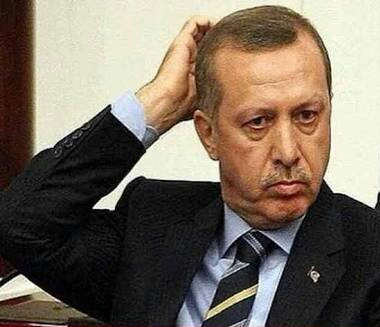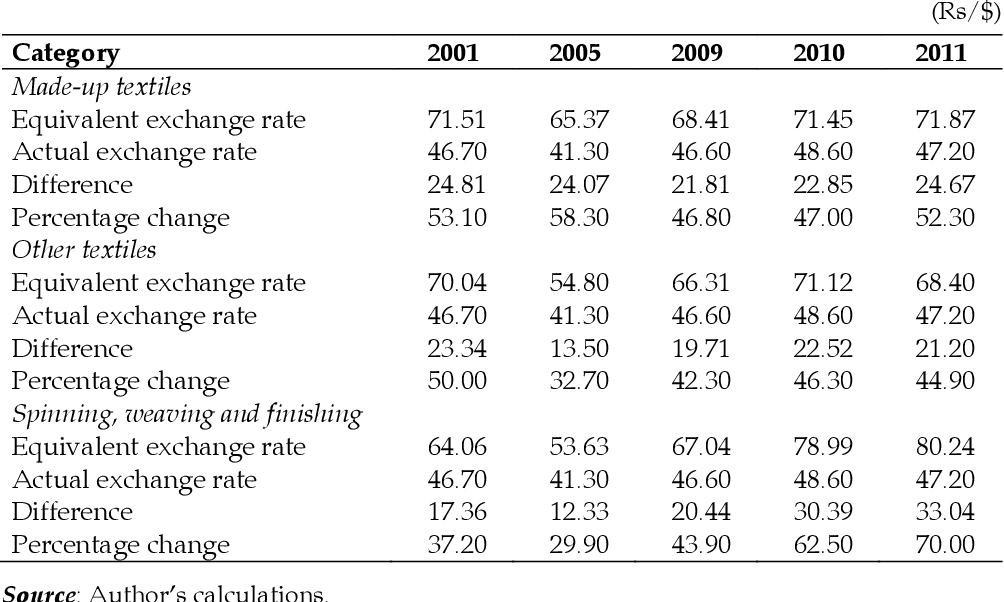Contents:


The price and output decisions of one firm impact the decisions of other firms in the market. With its basic concepts, microeconomics aids in comprehending numerous complicated economic situations. It has made significant contributions to the science of economics through the invention of new words, ideas, terminologies, economic analytical tools, and so on. A free market economy is one in which private persons make economic decisions about the production of products such as „What to create, How much to produce, How to produce, and so on.“ The term „microeconomics“ comes from the Greek word „Mikros,“ which means „study of particular needs and desires.“ The term „micro“ refers to anything little.
It investigates how these distinct units carry out economic activity and achieve equilibrium. Shifts in demand curve and the absence of the supply curve The social costs of monopoly power including Deadweight loss. It is that form of market where there are a few big firms and a large number of buyers of the product.
Merchant Banking – Meaning, Significance, Functions
Micro-economics is concerned with demand analysis i.e. individual consumer behaviour and supply analysis i.e. individual producer behaviour. The theory of product pricing explains how the price of a commodity is determined. In a nutshell, microeconomics is related to supply and demand factors in the economic environment. Moreover, microeconomic theories help in the efficient utilisation of scarce resources to carry out production processes efficiently. It helps the businessmen in making various decisions to maximise profit.

The term „marginal“ refers to the change in total owing to the addition of a unit. Because significant economic choices are based on marginal units, microeconomics is founded on the notion of marginalism. Microeconomics, in general, gives a more comprehensive and thorough knowledge than macroeconomics. Microeconomics is a social science that studies the effects of incentives and behaviours, specifically how they affect resource utilisation and distribution. Micro Economics studies individual units like an individual household, pricing of individual products, wages of individual workers, profits of an entrepreneur etc.
As a result, microeconomics focuses primarily on price theory and resource allocation. This strategy ignores national economic issues such as unemployment, poverty, and income inequality, among others. Growth theory, business cycle theory, monetary and fiscal policy, and other topics are outside the scope of microeconomics. The price of an individual commodity is determined by the market forces of demand and supply.
Banking Instruments & Banking Transactions
What does the bowed-out shape of the production possibilities curve illustrate. Micro economic theory shows under what conditions these efficiencies are achieved. I) Efficiency m production – Efficiency in production means producing maximum possible amount of goods, from the given amount of resources.
Microeconomics starts with the essential premise that „other things stay constant,“ such as perfect competition, laissez-faire policy, pure capitalism, full employment, and so on. Thus, the theory of product pricing is divided into two parts viz. This theory explains how the relative prices of cotton, cloth, rice, car and thousands of other commodities are determined. Managerial Economics refers to integration of economic theory with business practices and application of economic tools for management of a business. Dr. M. Vasim Khan is Assistant Professor (Senior-Grade) of Economics & Management at School of Economics, Devi Ahilya University, Indore since 2007. He has more than 15 years of teaching and research experience.
Microeconomic theory explains how these efficiencies are obtained under different circumstances. Microeconomics is the study of how commodity demand is determined. The buyer’s demand and maximal utility are discussed in the theory of demand.
MICRO AND MACRO ECONOMICS – COUNCIL OF ENGINEERS AND VALUERS
MICRO AND MACRO ECONOMICS.
Posted: Tue, 07 Mar 2023 08:00:00 GMT [source]
So, theory of product pricing is subdivided into theory of demand & theory of production & cost. Price of a commodity depends upon the forces of demand and supply. Therefore, analysis of demand and supply side is necessary in order to explain the process of determination of price. The term Micro has its origin in the Greek word called mikros which means small.
Micro Economics
Individual income analysis is separate from national income analysis, individual demand analysis is separate from aggregate demand analysis, and so on. Micro-economics deals with a small part of the national economy. It studies the individual economic units such as individual consumer, individual producer, individual firm, the price of a particular commodity or a factor etc. Microeconomics is described as the study of individuals‘, families‘, and companies‘ decision-making and resource allocation behaviour.
Macroeconomics Definition, History, and Schools of Thought – Investopedia
Macroeconomics Definition, History, and Schools of Thought.
Posted: Sat, 25 Mar 2017 20:31:20 GMT [source]
A higher minimum wage might potentially require Wendy’s Company to recruit fewer workers, according to microeconomics. Microeconomics can be used in either a positive or negative manner. Positive microeconomics is concerned with economic behaviour and what to expect when certain factors change. Microeconomics is the study of many ideas in smaller units, such as a single business or organization. Microeconomics deals with the comprehension of human behaviour. Iii) Efficiency in the direction of production i.e. overall economic efficiency – Efficiency in the direction of production means production of those goods which are most desired by the people.
Microeconomics helps in determining the factor rewards for land, labour, capital, and entrepreneur in the form of rent, wages, interest, and profit respectively. The scope of micro economics is limited to only individual units. It doesn’t deal with nationwide economic problems such as inflation, deflation, the balance of payments, poverty, unemployment, population, etc. Microeconomics is the social science that studies the implications of individual human action, specifically about how those decisions affect the utilization and distribution of scarce resources. Scope of microeconomics choose the correct optionScope Of Microeconomics Choose The Correct Option – As per our readers’ demand and comments, we are publishing this article.
This approach does not study national economic problems such as unemployment, poverty, inequality of income etc. Theory of growth, theory of business cycles, monetary and fiscal policies etc. are beyond the limits of microeconomics. 2 In Theory of Factor princing Price determination of Factors of production i.e rewards to factors for their contributions in production is studied.
- Land, labour, capital and entrepreneur are all factors of production and contribute to the process of production.
- It aims at analyzing and solving managerial problems of business units.
- In the form of rent, wages, interest, and profit, microeconomics assists in establishing the factor incentives for land, labor, capital, and entrepreneurs, respectively.
- Monetary policy is the macroeconomic policy laid down by the central bank.
It does not study the aggregates relating to the whole economy. This approach does not study national economic problems such as unemployment, poverty, inequality of income, etc. Theory of growth, the theory of business cycles, monetary and fiscal policies, etc. are beyond the limits of micro economics. The market forces of demand and supply decide the price of a single product. Demand analysis, or individual consumer behaviour, and supply analysis, or individual producer behaviour, are both topics in microeconomics. Thus, the focus of microeconomics is mainly confined to price theory and resource allocation.
In urban development, the scope of economics covers the analysis of different urban issues such as crime, education, public transit, housing, and local government finance. On the other hand, in rural development, economics can be used to analyse the shortage of natural resources, obtain the best price for production. According to price theory, the price of a good or service is based on the relationship between its demand and supply.
scope of micro economics studies the economic activities of an economic unit, like the demand for sugar by an individual household. It also studies the economic activities of a small group of economic units like the demand for sugar by all the households. Positive microeconomics may assist an investor in understanding why Apple Inc. stock prices may decline if people purchase fewer iPhones.
When there are a large number of buyers and sellers of a commodity, and no individual buyer or seller has any control over the price of the commodity, it is said to be perfect competition. Production refers to combining various inputs to form output for consumption. Production theory studies the functional relationship between physical inputs and the physical output of a good. Demand refers to the desire of a consumer to buy a good and willingness to pay for the same. According to the law of demand, there is an inverse relationship between the quantity demanded and the price of the good while other things remain constant.
- The entire economy is broken into smaller pieces using this strategy, and each unit is then thoroughly examined.
- It is important in developing economic policies such as taxes, public expenditure, and pricing policy, among others.
- It investigates how these distinct units carry out economic activity and achieve equilibrium.
- The market forces of demand and supply decide the price of a single product.
- These policies assist the government in achieving its objective of efficient resource allocation and fostering societal economic well-being.
- Microeconomics is the study of how people make decisions, what influences those decisions, and how those decisions affect the products markets by changing pricing, supply, and demand.
But eventually, a situation must come when the marginal product of the variable factor starts declining. When the quantity demanded increases due to a fall in the price of a commodity, it is known as the extension of demand. On the other hand, a decrease in demand occurs when the quantity demanded decreases due to factors other than the price of the commodity. Microeconomics can assist to explain how producers might use few resources effectively and efficiently to maximize output.
It aims at analyzing and solving managerial problems of business units. The questions posted on the site are solely user generated, Doubtnut has no ownership or control over the nature and content of those questions. Doubtnut is not responsible for any discrepancies concerning the duplicity of content over those questions. Monopoly is a situation in the market where there is only a single seller of a product with no close substitutes in the market. According to the law of supply, quantity supplied increases with an increase in the price of a good and vice-versa.

There are four factors of production – land, labour, capital, and enterprise which are used for production purposes. The price that entrepreneurs pay for the services of these factors is known as factor pricing. As a result, microeconomics investigates resource allocation and determines what to produce, how to produce, and for whom to create.
No responses yet